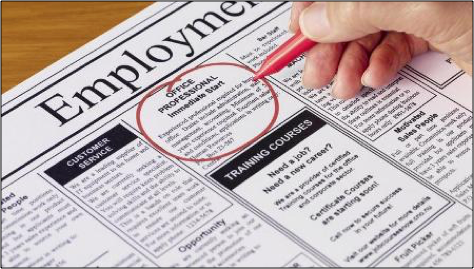Canada is a country that looks after its people, and one of the ways it does this is by providing employment insurance. It serves as a great source of income security to employees and is a vital part of economic safety provided by the government. Figure out how you can get in the program to reap its benefits.

What is Employment Insurance?
The Employment Insurance (EI) program, previously known as the Unemployment Insurance program, provides temporary financial benefits in case of job loss. Canadians who have lost their jobs can have access to temporary financial support while they look for new work. EI also applies to people who are sick, pregnant or taking care of a newborn or adopted child, taking care of a family member who is seriously unwell, or taking care of a critically ill or injured child. The program is delivered by Service Canada.
Employment insurance is legislated by the Employment Insurance Act of 1996, which lays down laws and regulations for all details of EI, like the maximum yearly insurable earnings, unemployment benefits, collection of premiums, etc.
How do I find out if it applies to me?
To find out whether an employee is a worker in an organisation or self-employed, whether the employment can be insured, and the EI premium that must be paid, you can request a ruling from the Canada Revenue Agency (CRA). As an employer, you can request a ruling if you want to confirm whether EI premiums should be deducted from an employee’s pay. You can do this even if you are an employee who just wants to know.
How can I apply for employment insurance benefits?
In order to qualify, you need to prove that you were previously employed for 420 – 700 hours. The number of hours varies according to the local unemployment rate (e.g. 6.2% in Edmonton). You also have to file a claim that you are currently unemployed, which states you are willing to work in, and are registered at Edmonton’s Human Resource Centre. After a waiting period of 2 weeks, you will be able to receive a percentage of average weekly insured earnings. This percentage will depend on the duration of your previous employment and its insurance policy.
What are the responsibilities under employment insurance?
In order to get EI benefits, you are responsible for looking for a job and being willing to take up any work that is available. You should inform Service Canada if you cannot work because of a child or a sickness. You have to show all gross earnings, including earnings you have yet to receive.
As an employer, it is your duty to make sure that any and all information about an EI claim is complete and accurate.
What will happen if the EI regulations are violated?
When false / misleading information is intentionally provided, it is considered fraud. The consequences are penalty or prosecution. If you are an employee, you may be liable to pay up to 150% of any overpayment you received because of the fraud. Alternatively, you may have to pay 3 times the benefit rate for every false statement.
An employer can commit fraud by falsifying or selling a Record of Employment (ROE). He may have to pay up to $ 12,000 per ROE.
If you have unknowingly made a mistake in your claim, notify Service Canada as soon as you notice it. Even if you have knowingly falsified information, you may be able to avoid penalties or prosecution if you notify the authorities before an investigation.
Employment insurance is a very beneficial service, so make sure you avail of it and don’t exploit it. Do you need legal help with your claim? Contact Prowse Chowne now.
Image source: Pixsooz via bizjournals

